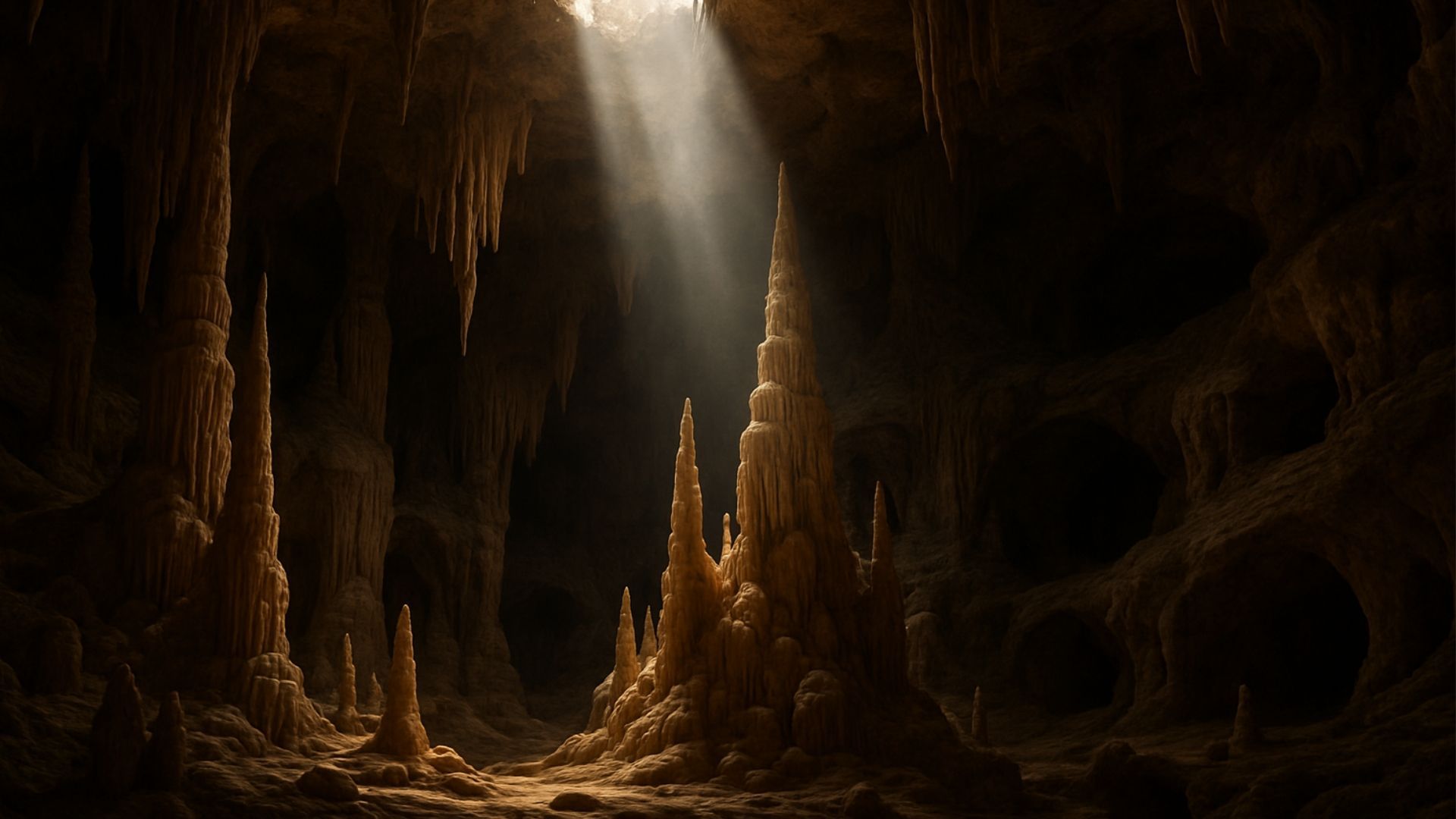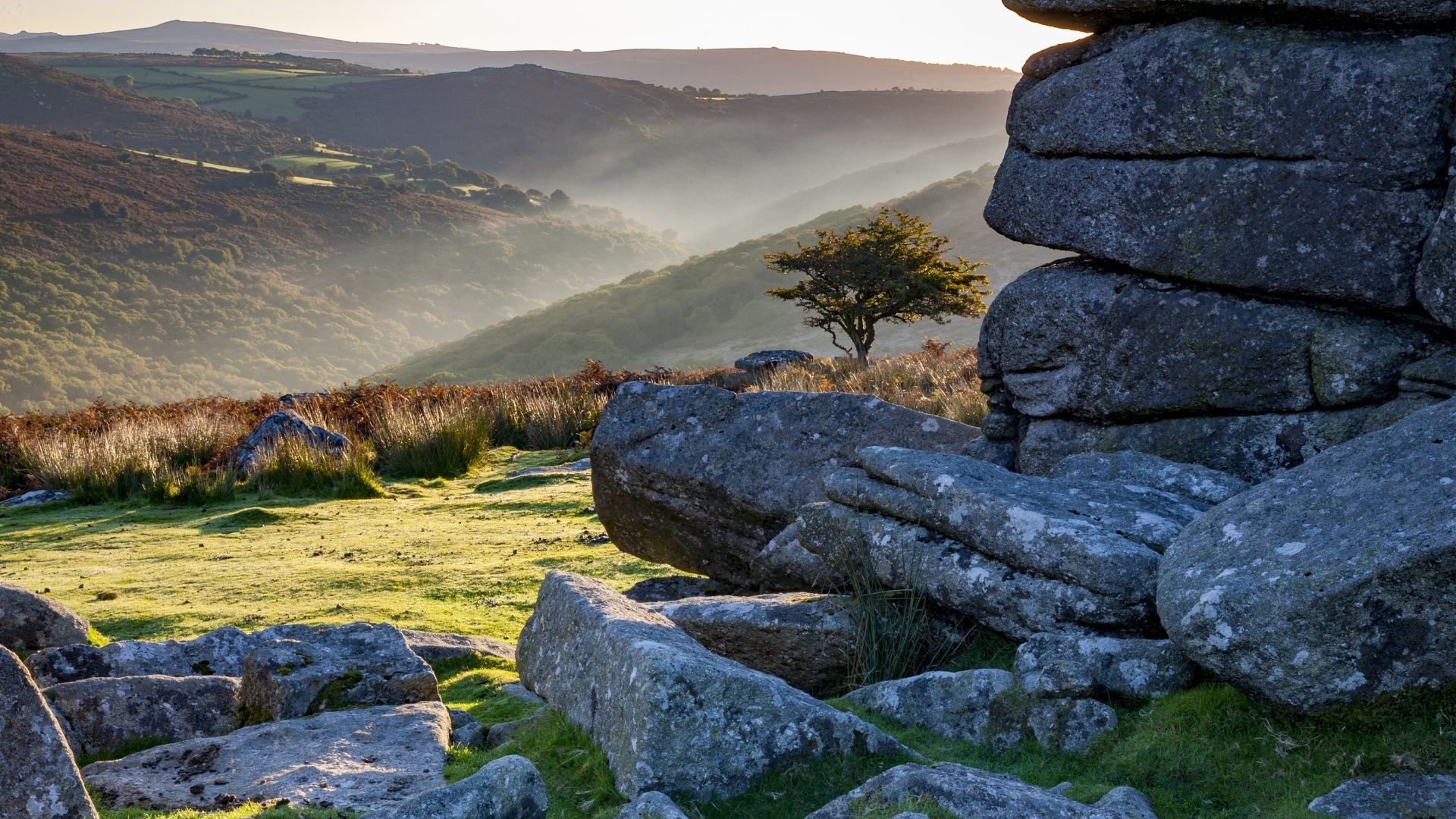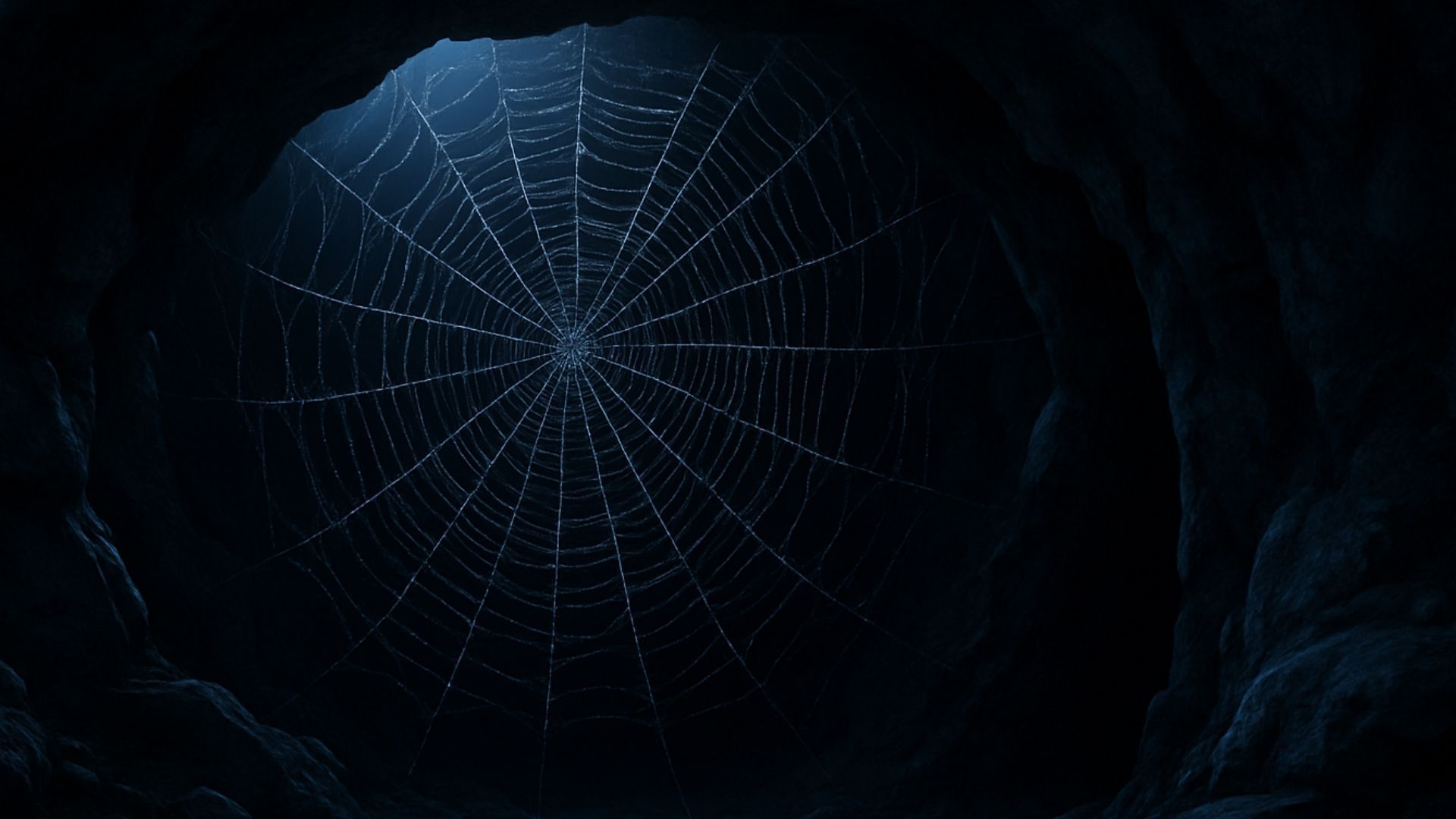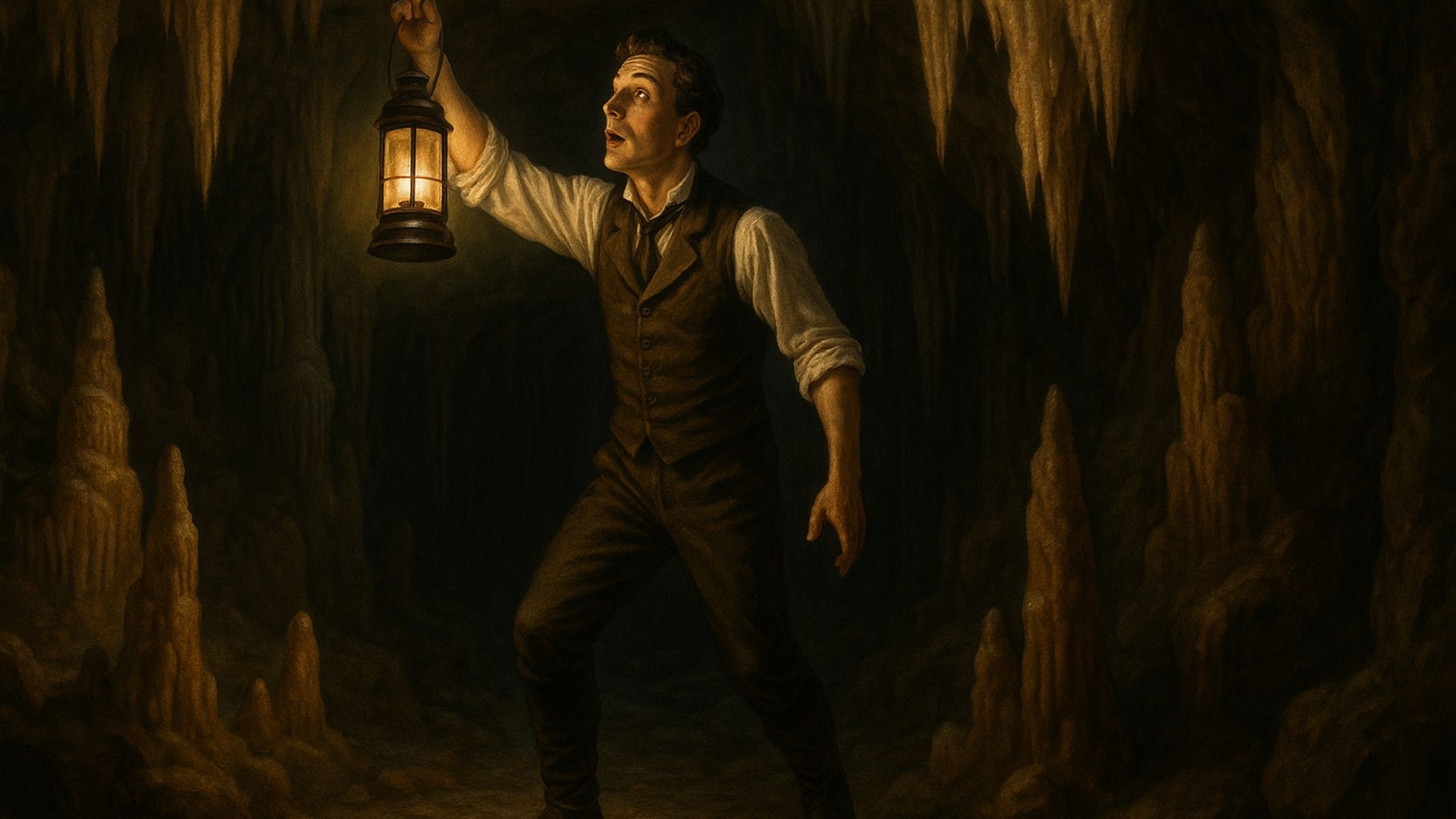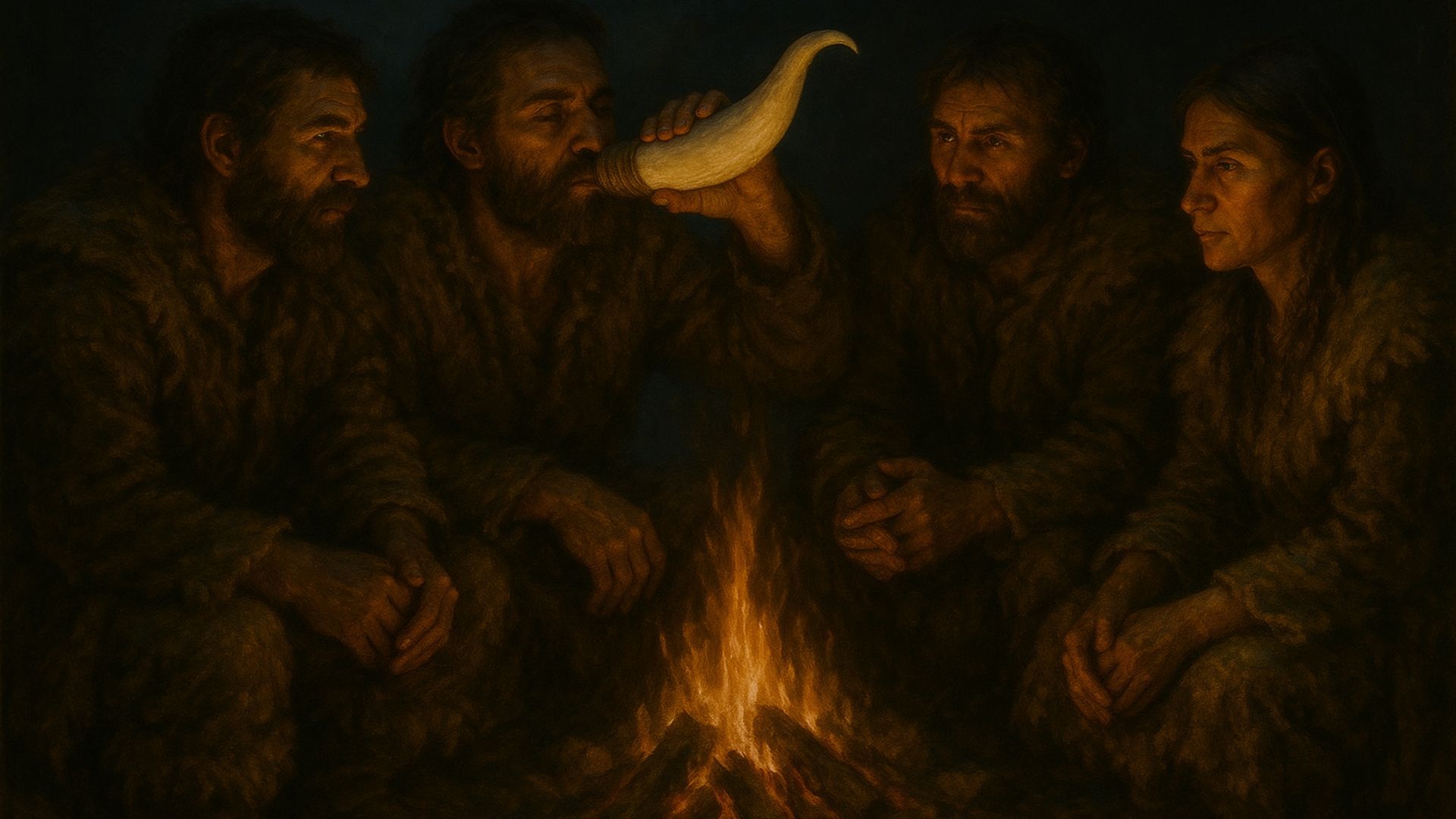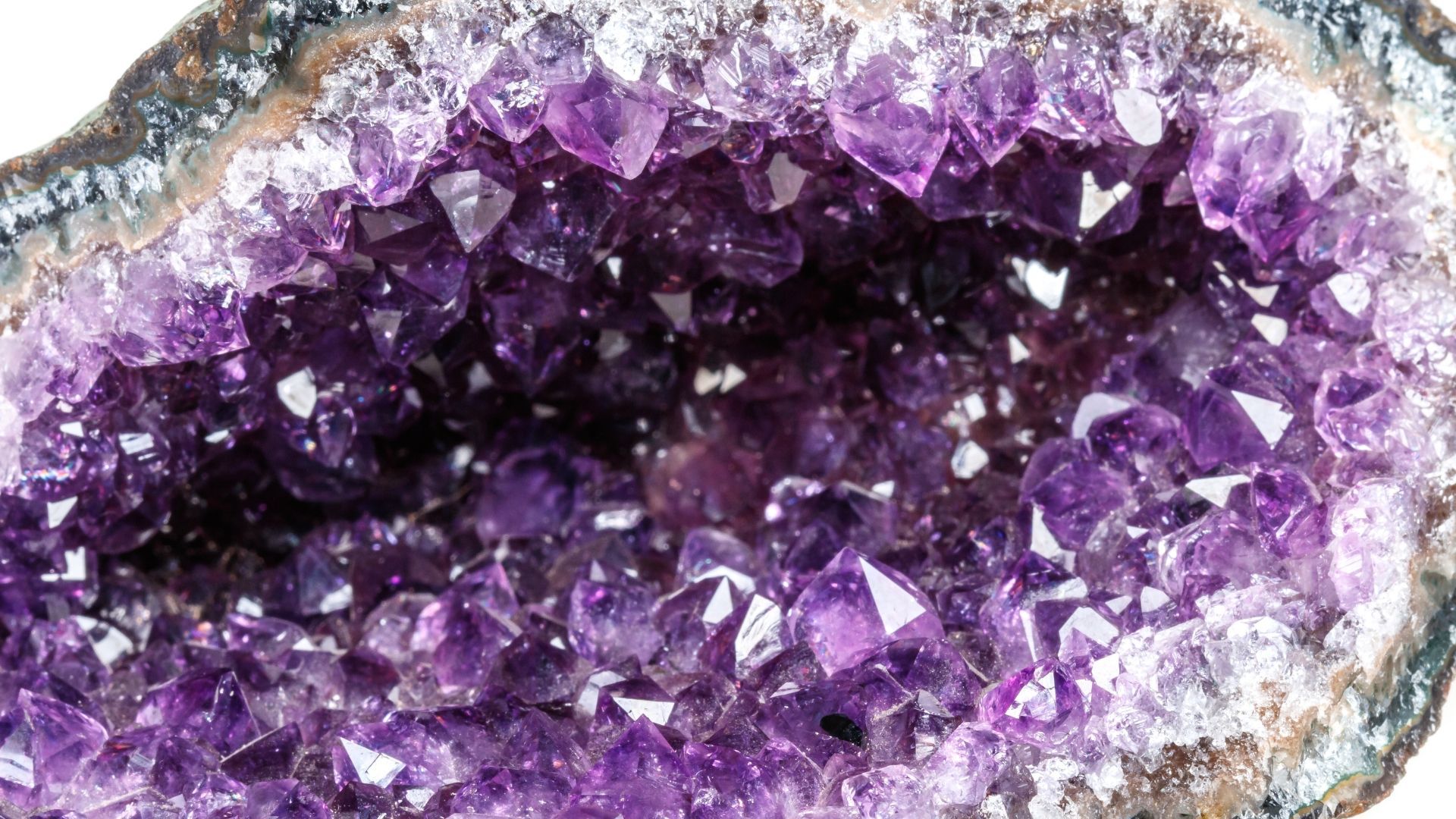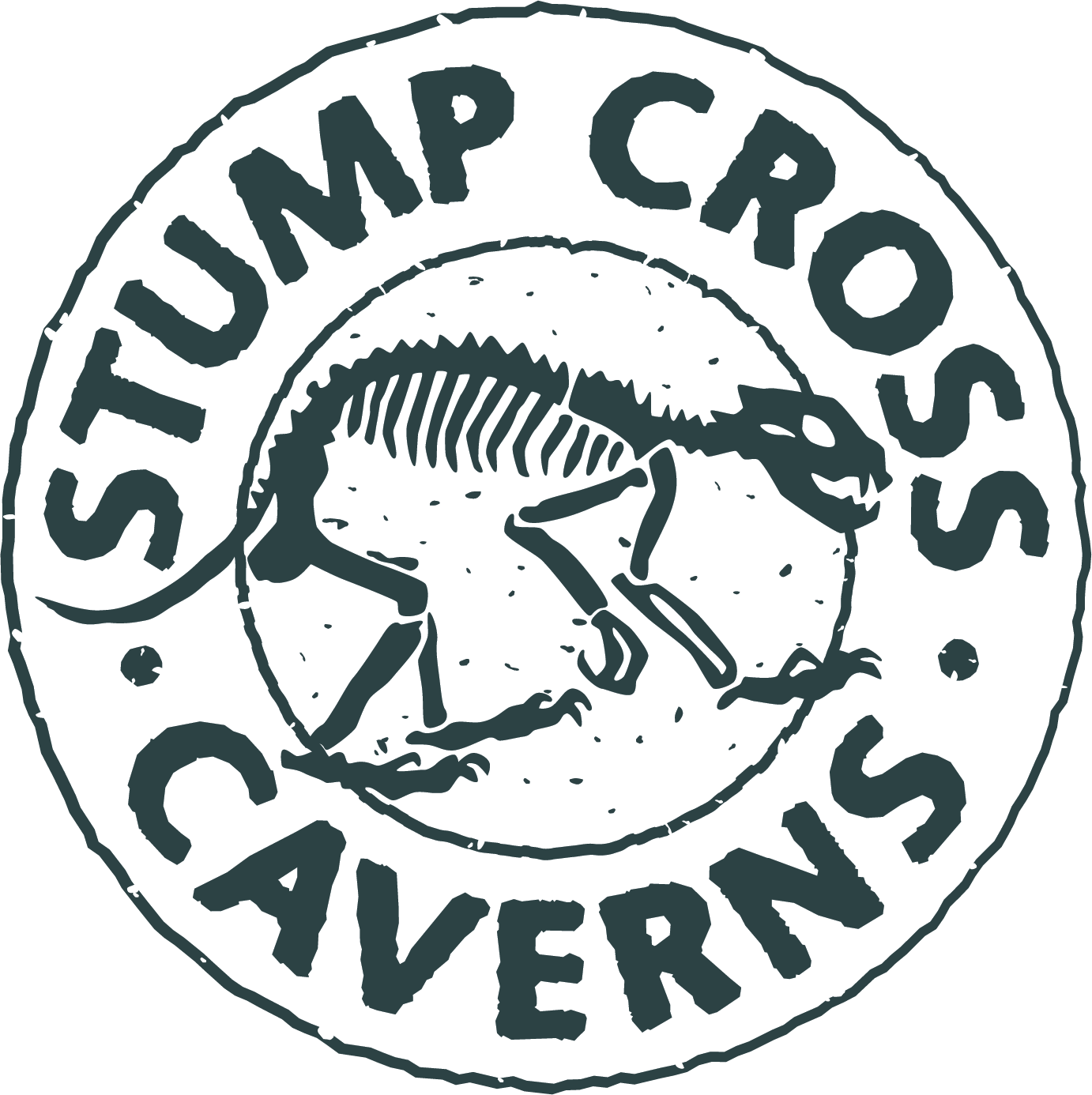Could 2027 see the return of the woolly mammoth? A company in Dallas, Texas thinks so. Find out more.

Remember Jurassic Park? In Steven Spielberg's classic 1993 film, scientists founded a theme park to house a spectacular array of dinosaurs.
These dinosaurs had been brought back from extinction through genetic engineering. The scientists in the film extracted ancient blood from mosquitoes fossilised in amber.
These long-dead insects, however, didn't provide all the DNA needed to clone a dinosaur. So, the scientists ingeniously fused the dino DNA with that of a frog – its closest living relative.
Finally, the reconstructed DNA is implanted into an ostrich egg. Voila! You've got a dinosaur back from the dead.
Cool story, huh? Unfortunately, it's a load of dino dung. Dinosaurs can't be brought back to life. Aside from anything else, there are no samples of DNA old enough to work with.
"Ah well", you might say, "another childhood dream trampled on by the hooves of impossible beasts." But how about the woolly mammoth?
Believe it or not, scientists believe that the woolly mammoth can be brought back to life or "de-extincted". What's more, they've got a deadline: 2027.
It's a fascinating story that touches on both cutting-edge biotechnology and climate change. So, how could such a feat be possible? To find that out, we first need to figure out what's meant by "de-extinction".
What is de-extinction?
De-extinction is when an extinct species is replaced. A living organism's phenotype is adapted through genome editing. The result? An animal that is, for all intents and purposes, brought back from the dead.
Sounds like claptrap? Think again. In July 2003, the recently extinct Pyrenean ibex was successfully born again.
In one of life's little ironies, however, she died just minutes after birth – making the Pyrenean ibex the only organism to have gone extinct twice.
De-extinction isn't the same as cloning.
Dolly the Sheep, for instance, wasn't brought back to life but rather cloned from an existing cell.
So, could the woolly mammoth be successfully de-extincted? Scientists at Dallas-based biotechnology firm Colossal certainly think so.

The return of the woolly mammoth?
Colossal says it will reincarnate the ancient hairy beast as soon as 2027. Not only that, but the firm also aims to reintroduce the woolly mammoth to its ancient ecosystem. This, they argue, will help fight the adverse effects of climate change in that region.
The thinking – backed by millions of dollars of funding – goes something like this. The woolly mammoth's DNA is almost identical to that of the Asian elephant – around 99.6% the same.
The plan is to use gene editing to create a woolly mammoth embryo. This will be placed in an African elephant, which will give birth to the de-extincted woolly mammoth.
"Our teams," Colossal says, "have collected viable DNA samples and are editing the genes that will allow this wonderful megafauna to once again thunder through the Arctic."
It's not the only animal they're hoping to bring back from the dead. Colossal is also working on reincarnating the thylacine, also known as the Tasmanian tiger, which went extinct in 1936.
What's more, they're trying to bring back the
dodo, a bird that went extinct in 1681. Colossal intends to extract and edit cells from a common pigeon and then add the genes of the dodo. These edited cells will then be injected into a developing pigeon embryo.
The resulting bird will be a pigeon whose reproductive organs contain dodo DNA. But when that bird reproduces (assuming all goes to plan) it will give birth to a dodo. Could we be entering an era when "dead as a dodo" no longer makes sense? Guess we'll have to think up another simile…
This real-life science-fiction project could see long-extinct beasts roaming again (though not T-Rex, at least not yet!) However, like all scientific innovations, the de-extinction movement has its critics. It could, they say, create more problems than benefits.

What problems could de-extinction create?
One of the biggest criticisms of de-extinction is that it's not the best use of scientific funding. Wouldn't it be better, critics argue, to spend all those millions of dollars protecting endangered species rather than rustling up ones that are long extinct?
Then there's the question of reintroducing the animals into habitats, a key part of Colossal's plan. There are fears that de-extinct animals could displace modern ones or even pose a threat to humans. It would also cost a lot to do successfully.
And in the case of the woolly mammoth, there's the fact that woolly mammoths were historically highly sociable animals. Ethical questions have been raised about creating just a handful of animals that love to mingle.
Why did woolly mammoths go extinct?
Woolly mammoths were a common sight in the northern hemisphere for more than 500,000 years. Fast forward to 10,000 years ago and the population had been drastically reduced. A few thousand years later and they were gone entirely.
We don't know exactly why they went extinct. The two most plausible theories are that the population was thinned out by overhunting and the Earth's changing climate.
Could woolly mammoths be cloned?
Woolly mammoths could, it seems, be made de-extinct. But could they be cloned? For now, the answer is a whopping great "no".
In the case of woolly mammoths, it's all about the time-frames involved. Cloning would consist of removing the DNA-containing egg nucleus from a female elephant and replacing it with a woolly mammoth nucleus – much like Dolly the Sheep back in the 1990s.
But at the time of writing, nobody has found a mammoth cell that can do the job. It's even unclear whether a living cell could have survived in the Arctic for so many centuries.
Could that change? Well, we'll keep you posted…
Stump Cross Caverns is an ancient cave system buried beneath the UK's Yorkshire Dales. As well as running cave tours, we also hold special educational events – including
interactive fossil digs for kids.
Check out our ticket options to learn more.

